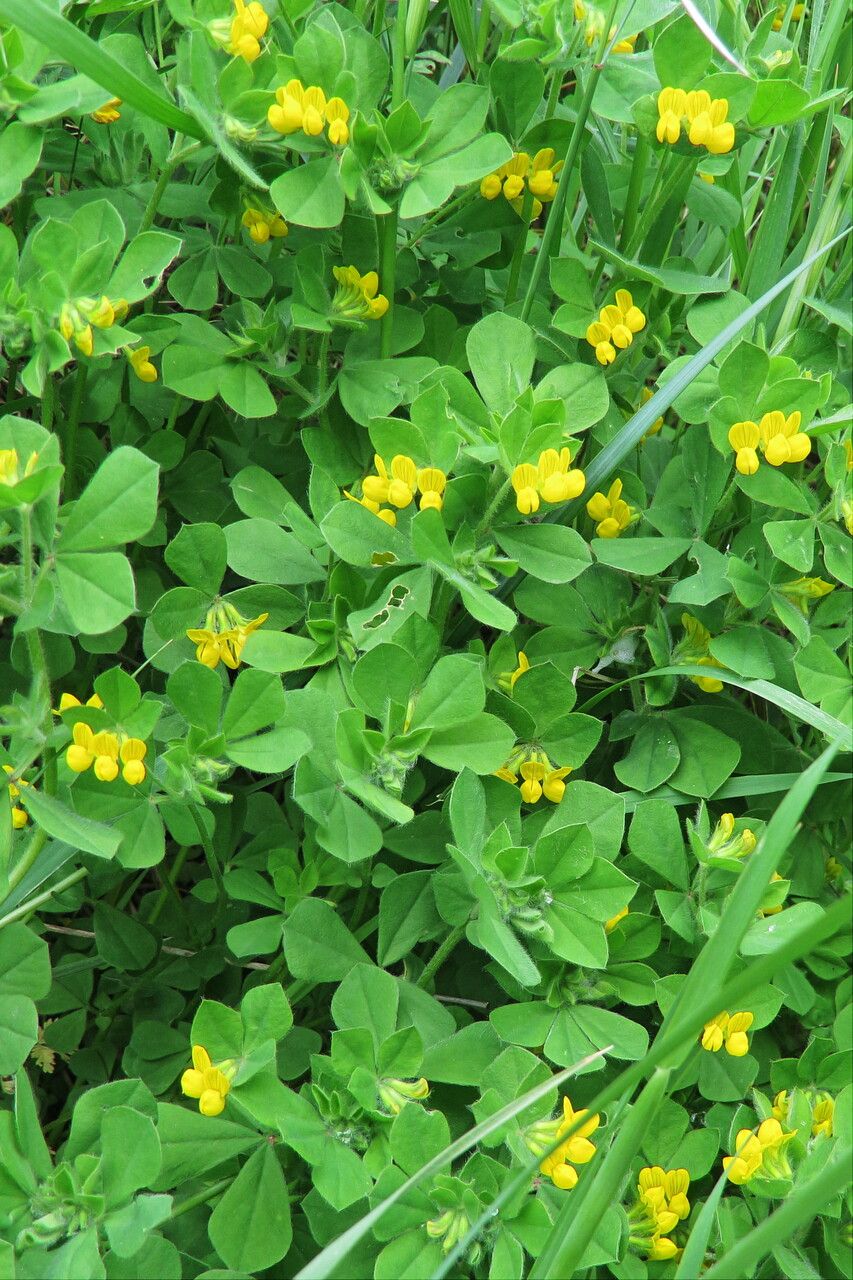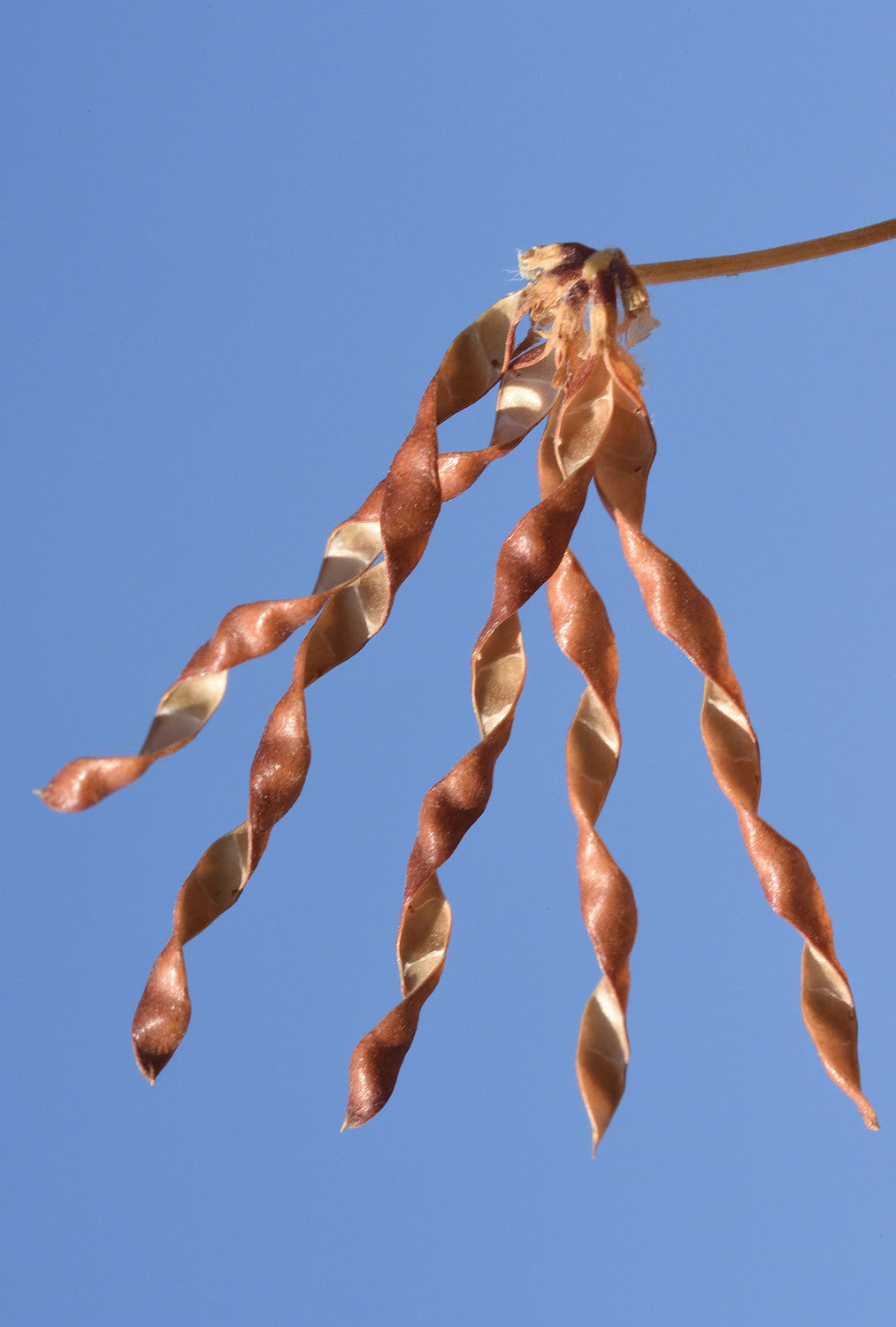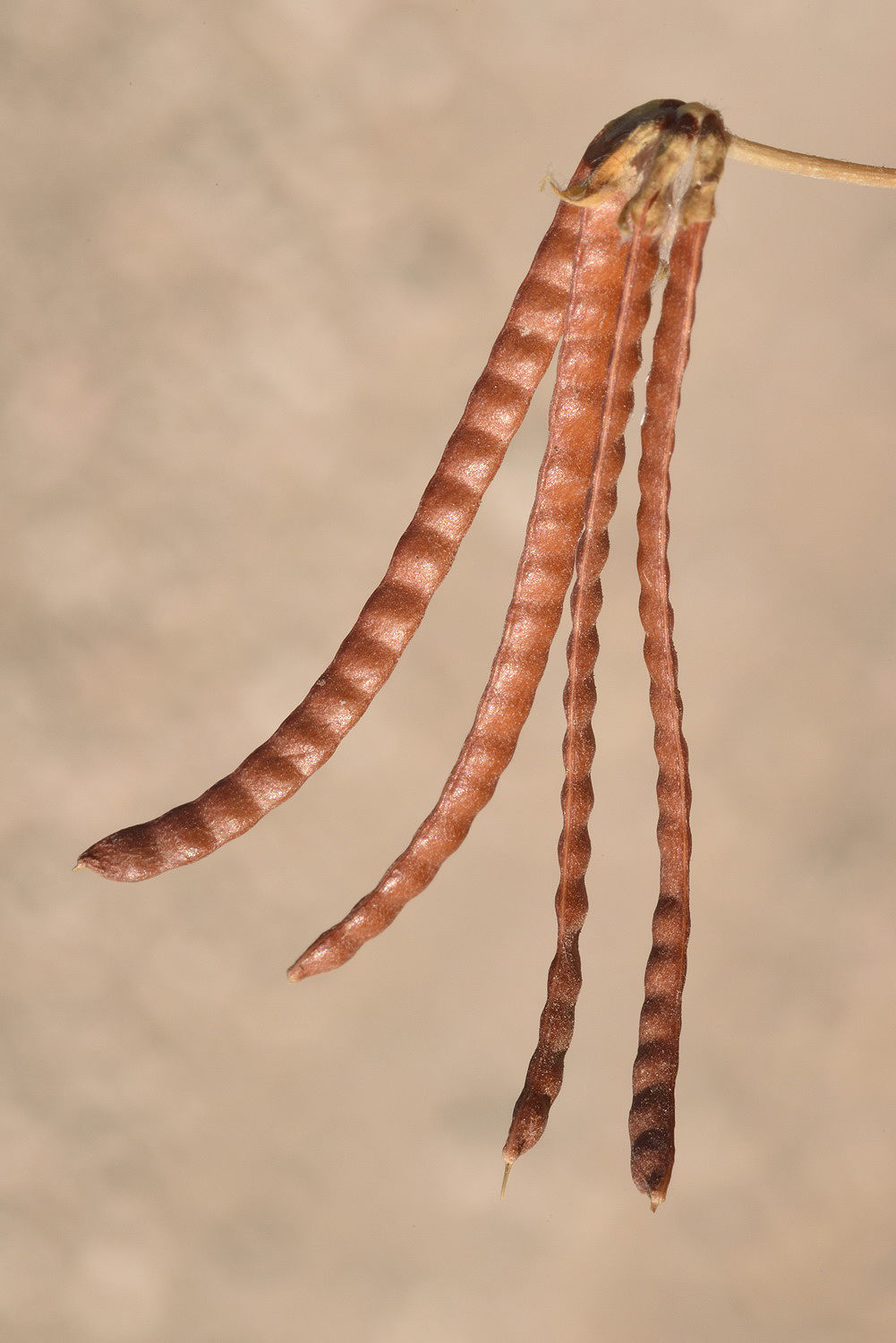Bird's-foot Trefoil
lotus ornithopodioides
Also known as: ["Bird's-foot Deervetch","Ornithopodioid Lotus"]
Overview
A low-growing herbaceous plant in the pea family, known for its yellow flowers and trifoliate leaves.
Benefits & Perks
["wildlife attractant (bees, butterflies, birds)","drought tolerant","low maintenance"]
Botanical Classification
| Phylum: | Magnoliophyta |
| Class: | Magnoliopsida |
| Order: | Fabales |
| Family: | Fabaceae |
| Genus: | Lotus |
| Botanical Name: | Lotus ornithopodioides |
Plant Characteristics
Basic Information
- Category: Herbs & Weeds
- Suitable Location: pond margins or shallow water gardens
- Suitable For:
- Is Weed: No
- Allergenicity: low
Environmental Needs
- Climate: {"temperatureRange":"15–30°C"}
- Hardiness: {"zones":"8–11"}
- Misting: rarely required, only if ambient humidity is very low
- Drainage: Fast-draining to prevent waterlogging.
- Soil Type: Well-draining potting mix with added perlite or sand for aeration.
Maintenance Level
- Maintenance Level: low
- Toughness Level: moderate
- Pruning Frequency: Light pruning every 2–3 months; major pruning annually or after flowering.
- Pruning Intensity: Light to moderate; avoid heavy pruning unless necessary for health or shape.
Care Details
Ideal Sunlight Coverage:
Bright indirect light for 6–8 hours daily; tolerate partial shade, especially in hot climates; adjust exposure seasonally to prevent scorching.
Sunlight Tolerance Tips:
Acclimate plants gradually to intense light; protect from direct midday sun; move indoors during extreme heat or cold.
Care Requirements
Care Difficulty
easymoderate
Sunlight
full sun to partial shade
Rotate plant weekly for even growth; use sheer curtains to filter intense light; avoid sudden light changes.
Watering
every 7–10 days during active growth, reduce in winter
Water thoroughly until drainage occurs; allow soil to dry slightly between waterings; avoid waterlogging to prevent root rot.
Soil
moist, loamy soil with good drainage
pH: Slightly acidic to neutral (pH 6.0–7.0).
Use pots with drainage holes; avoid compacted soil; refresh soil mix periodically.
Temperature
Prefers 65–75°F (18–24°C); tolerates 50–85°F (10–29°C); avoid exposure to frost or extreme heat.
Monitor room temperature; avoid placing near heating/cooling vents; adjust care based on seasonal changes.
Fertilizing
every 4–6 weeks during growing season with balanced liquid fertilizer
Fertilize after watering to prevent root burn; flush soil occasionally to prevent salt buildup; match fertilizer to plant needs.
Propagation
Methods
Stem cuttings or division; stem cuttings are more common for home growers.
Step-by-Step Propagation Guide
- Take a healthy cutting.
- Apply rooting hormone.
- Plant in medium.
- Keep moist and warm.
- Monitor for roots.
Best Time: Spring or early summer when the plant is actively growing.
Environment
Warm, humid environment with indirect light; maintain consistent moisture.
Medium
Well-draining potting mix with perlite or sand; can also root in water initially.
Hormone
Rooting hormone is optional but recommended for faster rooting.
Timeline
Roots develop in 3–6 weeks; new growth appears in 2–3 months.
Tools Needed
Pruning shears, rooting hormone, small pots, well-draining mix.
Quick Tips
Use healthy, non-flowering stems; maintain humidity with a plastic cover; avoid overwatering.
Pruning & Repotting
Pruning Guide
Method
Pinch back tips for bushiness; cut just above a leaf node or bud.
Pruning Plan
Prune to maintain shape, encourage bushier growth, and remove dead or diseased parts.
Tools
Clean, sharp pruning shears or scissors.
Checklist
Sanitize tools; prune dead/damaged leaves; shape as desired; dispose of clippings properly.
Repotting Guide
Best Season
Spring, before the active growing season begins.
Pot Size
Choose a pot 1–2 inches larger in diameter than the current one.
Method
Remove plant gently; trim roots if needed; place in new pot with fresh soil; water lightly.
Suggestions
Repot every 2–3 years or when roots outgrow the pot; beneficial for growth and health.
Checklist
Select appropriate pot; prepare new soil; handle roots carefully; water after repotting.
Advanced Care Tips
Watering Mastery
Watering Checklist
Check soil moisture; water deeply; ensure drainage; adjust for season.
How to Apply Water Properly
Water directly at the root zone, ensuring even moisture distribution; water early in the morning to minimize evaporation; ensure excess water drains away to prevent stagnation.
Watering Schedule Tips
Water deeply once the top inch of soil dries out, typically every 7–10 days during active growth; reduce frequency to every 2–3 weeks in winter dormancy.
Soil Improvement
Add perlite or coarse sand for drainage; incorporate organic matter for fertility; ensure proper aeration.
Temperature Stress Management
Signs of Temperature Issues
Chlorosis, wilting, bud drop, or stunted growth indicate temperature stress.
Cold Stress
Low temperatures slow growth, cause leaf discoloration, and may lead to frost damage or death.
Solution: Move to a warmer location; insulate pots; avoid cold drafts; protect from frost.
Hot Stress
Excessive heat causes wilting, leaf scorch, and reduced vigor due to dehydration.
Solution: Provide shade; increase humidity; water more frequently; ensure good air circulation.
Fertilizing Guide
Fertilizing Checklist
Check fertilizer type; dilute correctly; apply during active growth; avoid winter feeding.
Fertilizing Method
Use balanced liquid fertilizer diluted to half strength every 4–6 weeks during growing season; cease fertilizing in winter.
Common Problems & Solutions
Toxicity Warning
Cats
Non-toxicLotus ornithopodioides is not known to be toxic to cats. There are no reported adverse effects from ingestion or contact with this plant.
⚡ Toxic If:
None
Dogs
Non-toxicLotus ornithopodioides is not known to be toxic to dogs. There are no reported adverse effects from ingestion or contact with this plant.
⚡ Toxic If:
None
Humans
Non-toxicLotus ornithopodioides is not known to exhibit any toxic properties to humans. It is generally considered safe for consumption and handling.
⚡ Toxic If:
None
Frequently Asked Questions
Q: Is Lotus ornithopodioides toxic to pets?
A: It is mildly toxic to dogs and cats.
Q: Does this plant attract wildlife?
A: Yes, it attracts bees, butterflies, and birds.
Q: How easy is it to care for?
A: It is easy to care for and requires low maintenance.
Quick Reference
| Family: | Fabaceae |
| Care: | easy |
| Light: | full sun to partial shade |
| Water: | every 7–10 days during activ |
Get Expert Care Tips
Download the Plantious app for personalized care reminders and plant identification!
Google Play App Store







